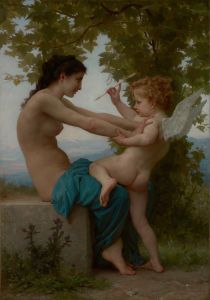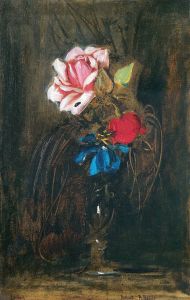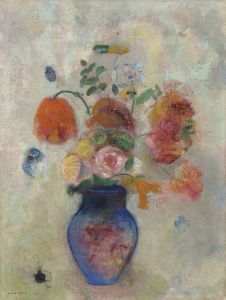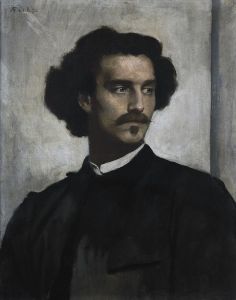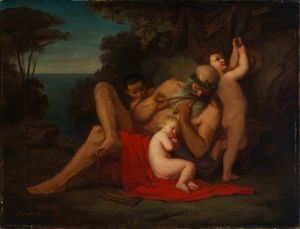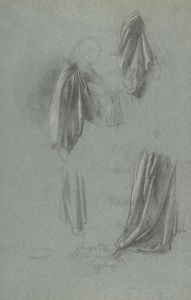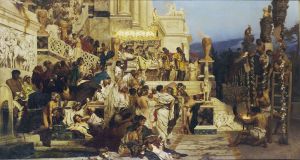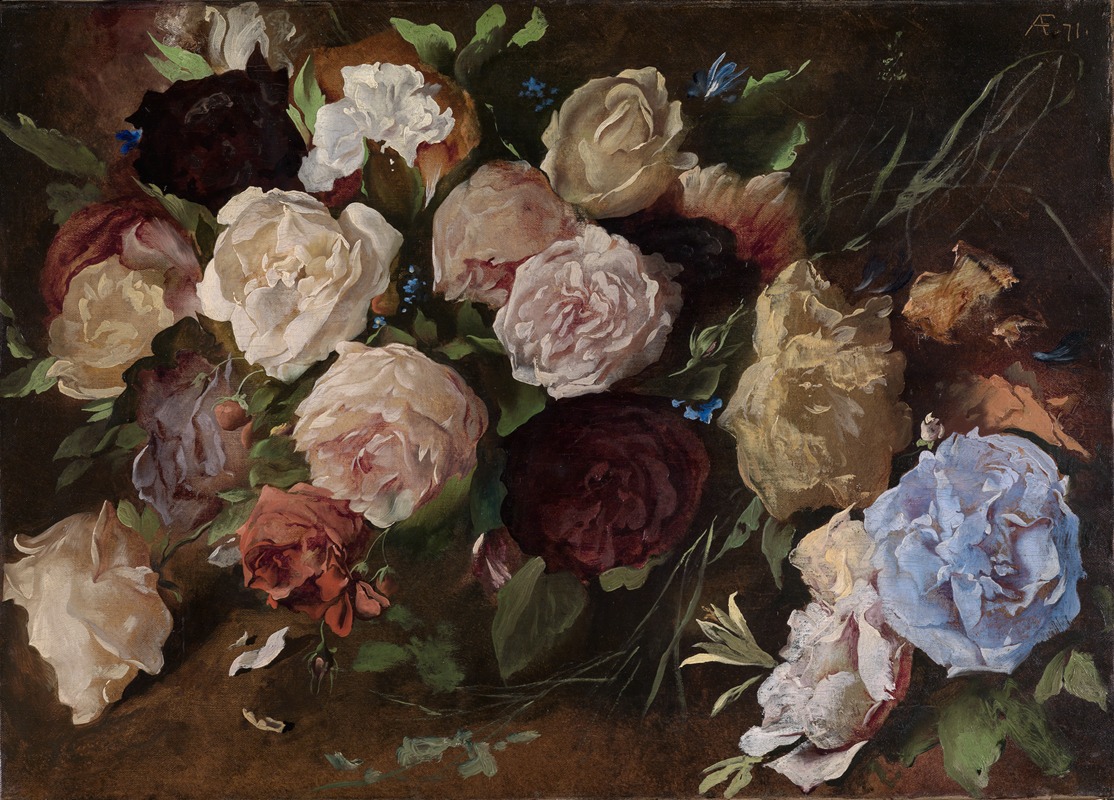
Blumenstudie
A hand-painted replica of Anselm Feuerbach’s masterpiece Blumenstudie, meticulously crafted by professional artists to capture the true essence of the original. Each piece is created with museum-quality canvas and rare mineral pigments, carefully painted by experienced artists with delicate brushstrokes and rich, layered colors to perfectly recreate the texture of the original artwork. Unlike machine-printed reproductions, this hand-painted version brings the painting to life, infused with the artist’s emotions and skill in every stroke. Whether for personal collection or home decoration, it instantly elevates the artistic atmosphere of any space.
Anselm Feuerbach was a prominent 19th-century German painter, known for his classical style and depictions of mythological and historical subjects. One of his lesser-known works is "Blumenstudie," which translates to "Flower Study" in English. This painting is a testament to Feuerbach's versatility and his ability to capture the delicate beauty of nature, a subject that contrasts with his more famous grand historical and mythological compositions.
"Blumenstudie" exemplifies Feuerbach's skill in rendering natural subjects with precision and sensitivity. Although detailed information about the painting's creation date and its current location is not widely documented, it is recognized as part of Feuerbach's broader oeuvre that includes studies and sketches which he often used as preparatory works for his larger compositions. These studies were crucial for Feuerbach, as they allowed him to explore different elements of form, light, and color, which he would later incorporate into his more complex works.
Feuerbach was born in Speyer, Germany, in 1829, and he was part of a family with a strong intellectual and artistic background. His father was a well-known archaeologist, which likely influenced Feuerbach's interest in classical themes. He studied at various prestigious art institutions across Europe, including the Düsseldorf Academy, the Munich Academy, and the École des Beaux-Arts in Paris. His education exposed him to a variety of artistic styles and techniques, which he synthesized into his unique approach to painting.
Throughout his career, Feuerbach was associated with the Düsseldorf School of Painting, known for its detailed and realistic style. However, he developed a more personal style that leaned towards idealism and classicism, drawing inspiration from the Italian Renaissance and the works of artists like Titian and Raphael. This classical influence is evident in "Blumenstudie," where the careful attention to detail and the harmonious composition reflect the principles of balance and beauty that were central to Renaissance art.
Feuerbach's work was well-regarded during his lifetime, and he held several teaching positions, including a notable tenure at the Academy of Fine Arts in Vienna. Despite his success, Feuerbach often felt underappreciated and struggled with self-doubt, a sentiment that is sometimes reflected in the introspective nature of his work.
"Blumenstudie," while not as famous as some of his larger historical paintings, offers insight into Feuerbach's artistic process and his ability to find beauty in simplicity. The painting serves as a reminder of the artist's technical skill and his appreciation for the natural world. It also highlights the importance of studies and sketches in the development of an artist's larger body of work, providing a glimpse into the meticulous preparation that underpinned Feuerbach's more ambitious projects.
In summary, "Blumenstudie" is a fine example of Anselm Feuerbach's artistic range and his dedication to capturing the essence of his subjects, whether they be grand historical figures or the delicate forms of flowers. The painting remains a valuable piece for understanding the breadth of Feuerbach's talent and his contribution to 19th-century art.





